The Temple of Seti I in Luxor is perhaps the most interesting tourist destination, drawing in visitors from far and wide across the world. This ancient temple gives a peephole into the lived history of Egypt for those touring on Luxor day tours or meandering through the rich tapestry that is Egypt tours, it is the temple that was built by one of the greatest Pharaohs of the 19th Dynasty, which is, Seti I. The place stands to inform one of the majesty of Ancient Egyptian architecture and religious practice. On the west bank of the Nile sat this Temple in honor of the gods Amun, Ra, and Osiris, reflecting the deeply spiritual elements within Ancient Egyptian society.
The colors of hieroglyphics and carvings on this temple's walls detail the mythology of divine adoration and royal prowess. These arts give tourists a hands-on experience in ancient Egyptian mythology and history. A visit to the Temple of Seti I has always formed part of Egypt day tours as part of the religious and cultural tour itinerary, for which these temples are famous.
Next Holiday Travel offers a pack of closely knit tours to venture deep into the mystery of ancient Egypt, from a Luxor day tour to an extended exploration into Egypt's Temple of Seti which promises to be one of the highlights. Its well-preserved art and architecture, along with the historical importance of the temple, make it a must-see for those keen on seeing the wonders of Egypt.
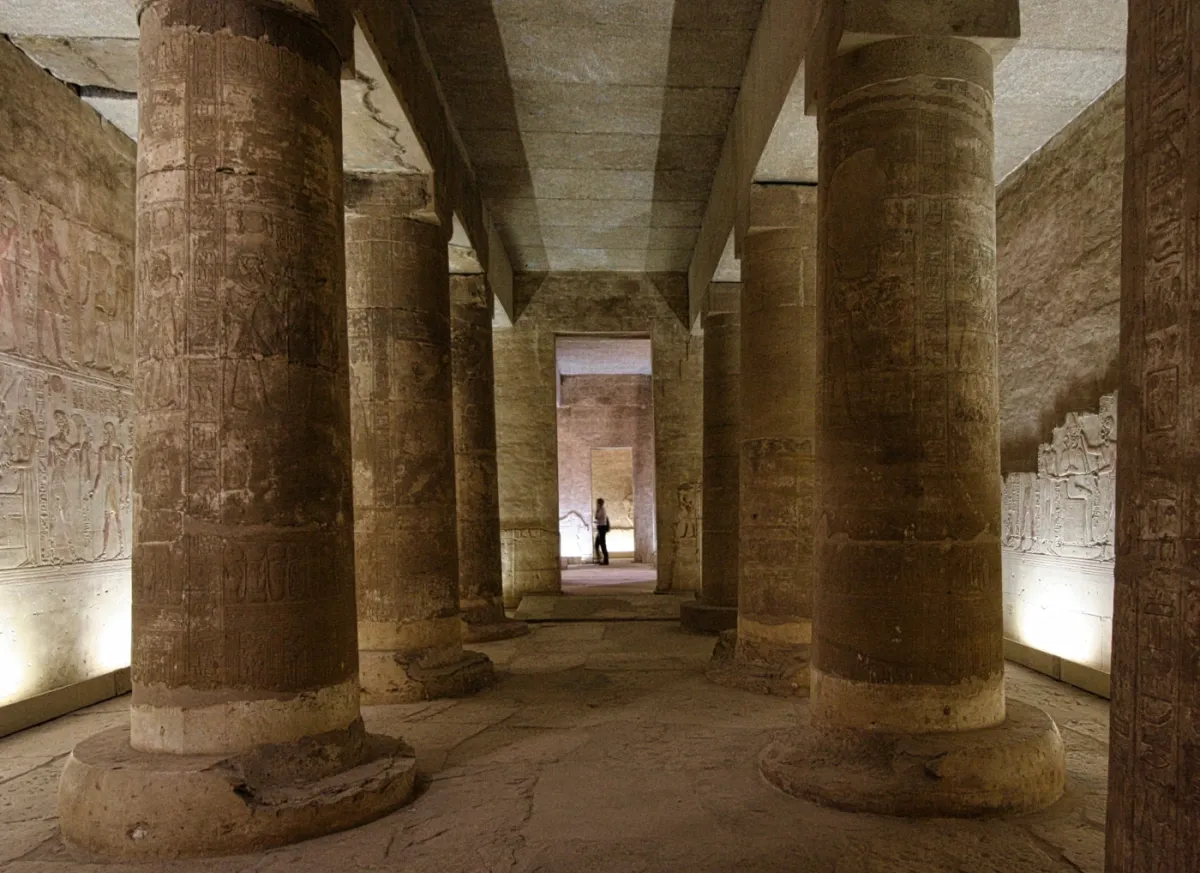
The Temple of Seti I A Masterpiece of Ancient Egypt
The Temple of Seti I on the west bank of Luxor is an outstanding monument of the time of Ancient Egypt, the temple was constructed by Pharaoh Seti I himself and has become widely known due to its enormous size and intricate carvings with beautiful hieroglyphics adorning the walls with scenes in real colors indicate tremendous praise for the gods from the Pharaoh and the feats. As one walks through the temple, he can just marvel at the ingenuity and craftsmanship of those ancient builders. Serene by nature and also well-preserved by nature, it gave him a peep into the greatness of ancient Egypt. This would be a residence where history is so alive, enabling one to connect with the varied cultural heritage of one of the world's oldest civilizations.
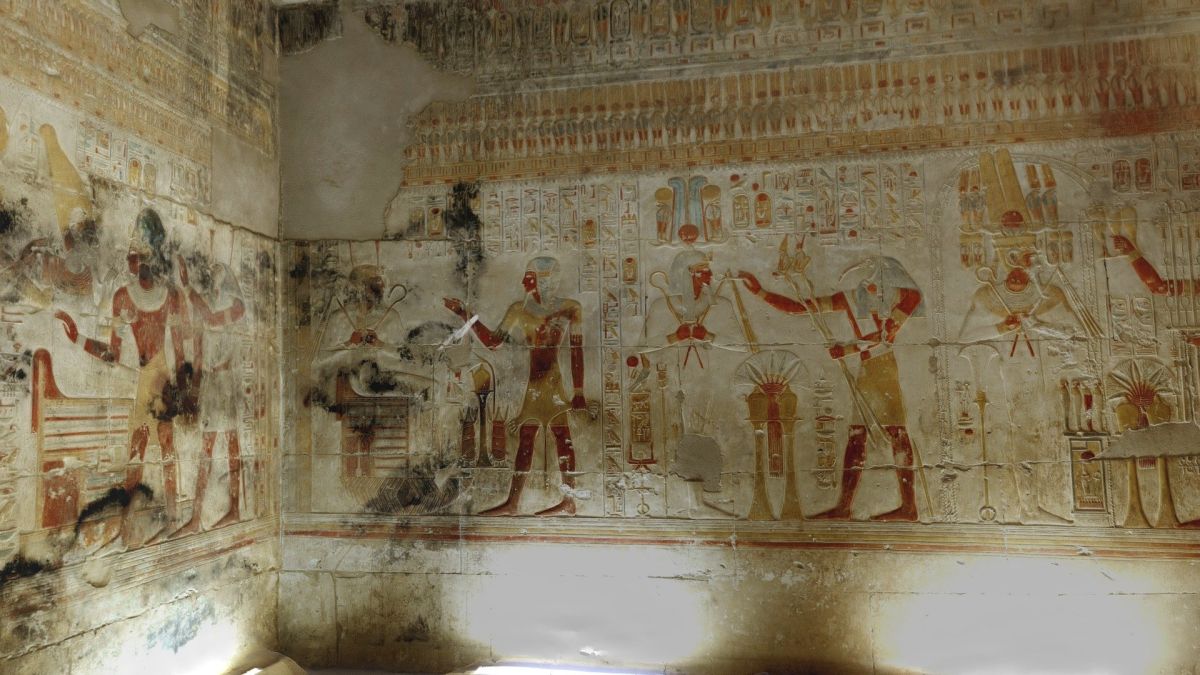
Where is the Temple of Seti I Located?
The Temple of Seti I is located on the west bank of the Nile River in Luxor, Egypt, within the Theban Necropolis-a large area on the west bank of the Nile opposite modern Luxor city, containing enormous numbers of ancient Egyptian tombs and temples, among which are the nearby Valley of the Kings and the Temple of Karnak, it is situated in an area that, during the period of the New Kingdom, was an important center of religious and ceremonial activities, that fact reflects the importance of the place for the further development of the ancient Egyptian culture, at the same time constituting a place of worship for such major gods as Amun, Ra, and Osiris. The Temple of Seti I was situated very close to several other important archaeological sites, which constitutes its additional historic value and allows guests to contextualize their visit within the framework of Egypt's ancient history.
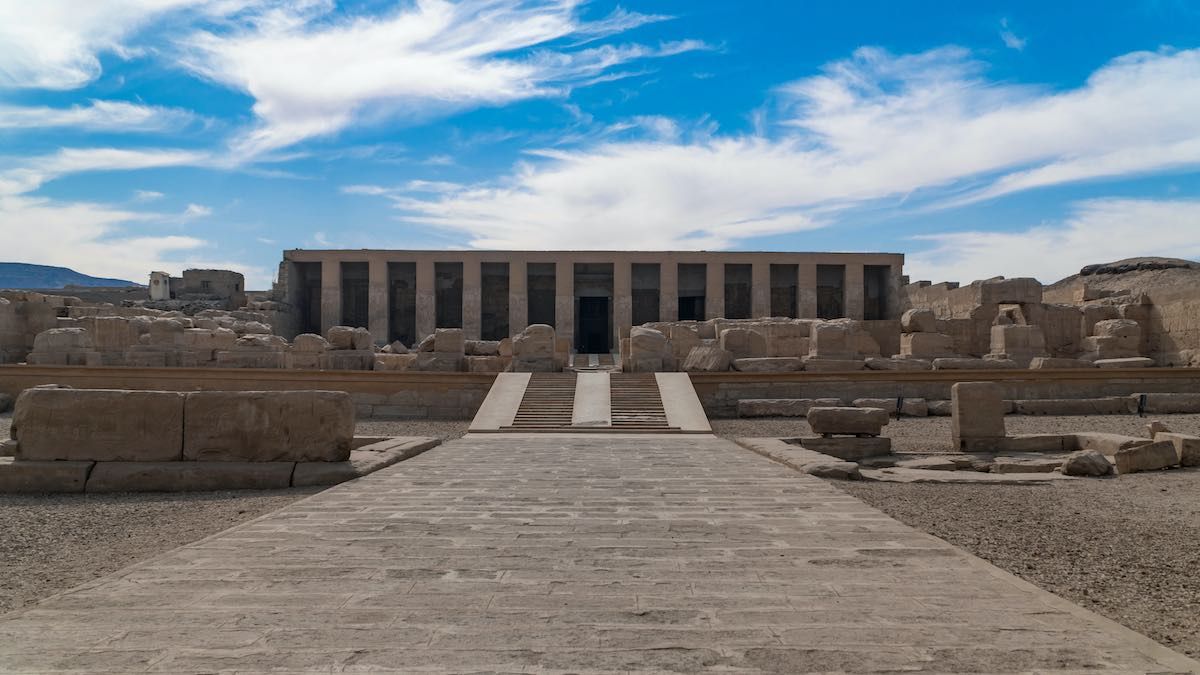
Unveiling the History of the Temple of Seti I in Abydos
For many years, the Temple of Seti I in Abydos, Egypt, has probably been regarded as the single most important archaeological site of relevance to the history of Egypt. Built by Pharaoh Seti I during the 19th Dynasty, this temple remains a monumental testimony to the greatness of his rule. Abydos had been a place of great religious importance throughout antiquity and was the site where Seti I erected his great temple to several major gods, most especially Osiris, lord of the underworld.
The inscriptions and carvings of the temple are highly renowned and make it one of the best-preserved new kingdom temples in Egypt. This temple is the most valid source of information about the religious practices of ancient Egypt and royal propaganda, the walls of the temple bear in detail hieroglyphics depicting scenes of rituals and divine offerings, reflecting his deep devotion to the gods.
The Temple of Seti I is also historical and architecturally interesting. It was one of the last major temples built in the New Kingdom, which showcased developed techniques of architecture and art at that time. Today, it is still an important site for attempting to learn more about ancient Egyptian religious and cultural heritage, offering a fascinating glimpse of times long past.
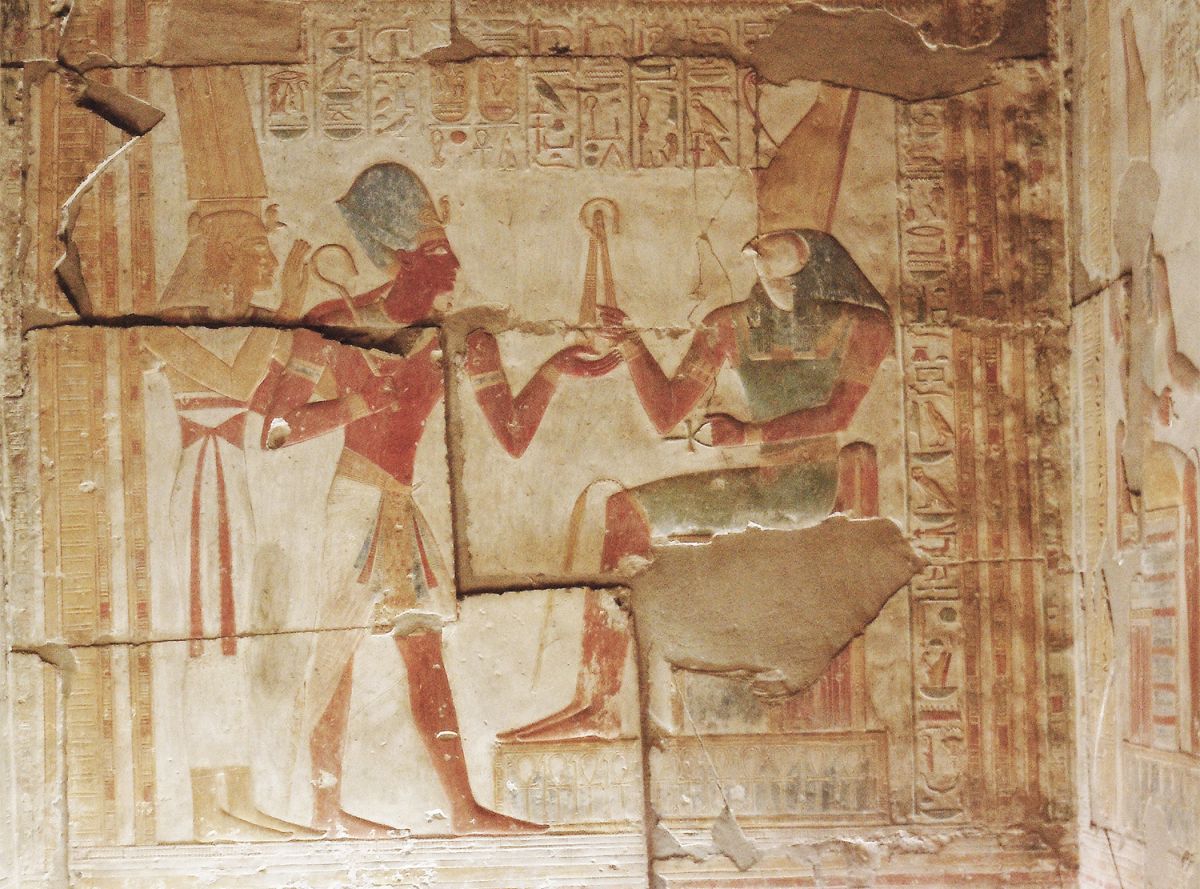
Why the Temple of Seti I is One of Ancient Egypt?
The Temple of Seti I is probably one of Ancient Egypt's most treasured jewels because of its enormous size and excellence in architecture. Built under the great Pharaoh Seti I, this temple features remarkable carvings and hieroglyphics that colorfully depict the Pharaoh's attachment to the gods and also some fundamental religious rituals. Located at Abydos, a central religious site, the temple is much more significant historically, with profound insights into ancient Egyptian spirituality and royal practice. Its good state of preservation and the involved craftsmanship bear testimony to the developed skill of the New Kingdom period. The Temple of Seti I combines artistic beauty and historical importance in a manner that makes it a vital link with Egypt's ancient heritage-one which fascinates scholars and visitors alike.
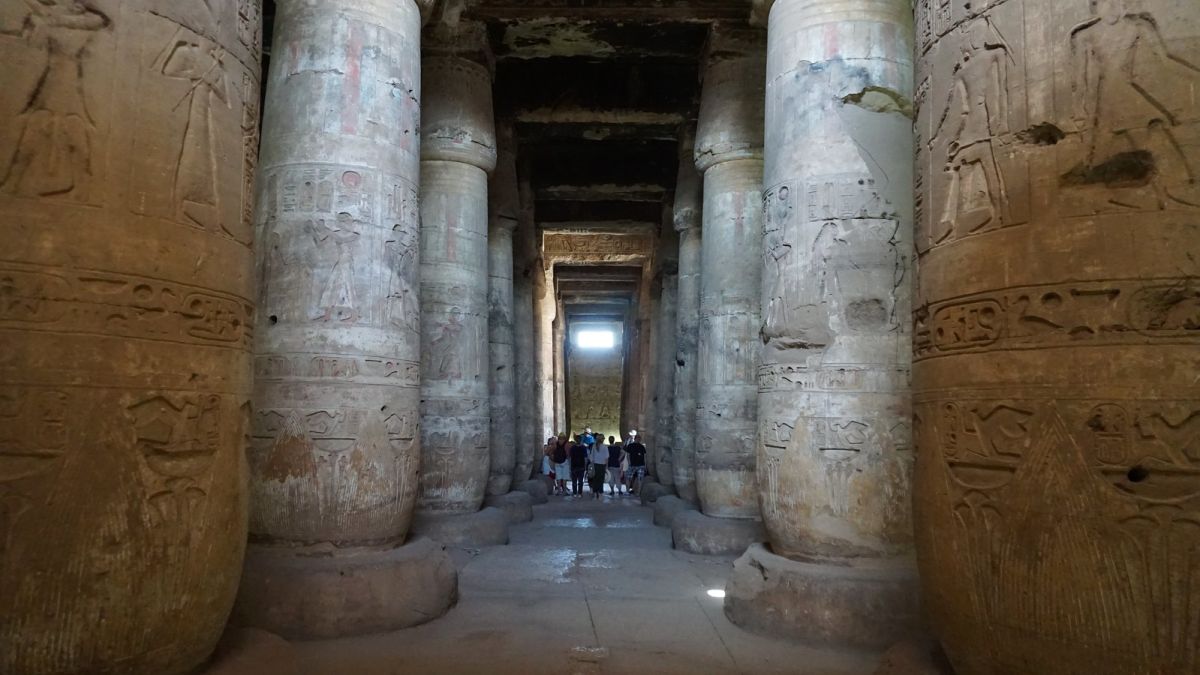
The Art and Architecture of the Temple of Seti I
The Temple of Seti I in Abydos is a wonder that boasts great art and architecture. This temple was built by Pharaoh Seti I himself, and it represented the greatness of New Kingdom design. Its plan had a vast hypostyle hall with columns reaching high toward the sky, each surface covered in intricate carvings. With its several courtyards, pylons, and sanctuaries, the complex design of the temple commonly followed Egyptian design conventions with a few touches of difference.
Artistically, the walls of this temple were completely adorned with minute hieroglyphics and polychrome reliefs depicting divine offerings, royal rituals, and mythological scenes. Each one of these works of art not only expresses the piety and power of the Pharaoh but also narrates a great deal about religious practices in ancient Egypt. The Temple of Seti I is doubtless a work of genius in Ancient Egyptian art and architecture.
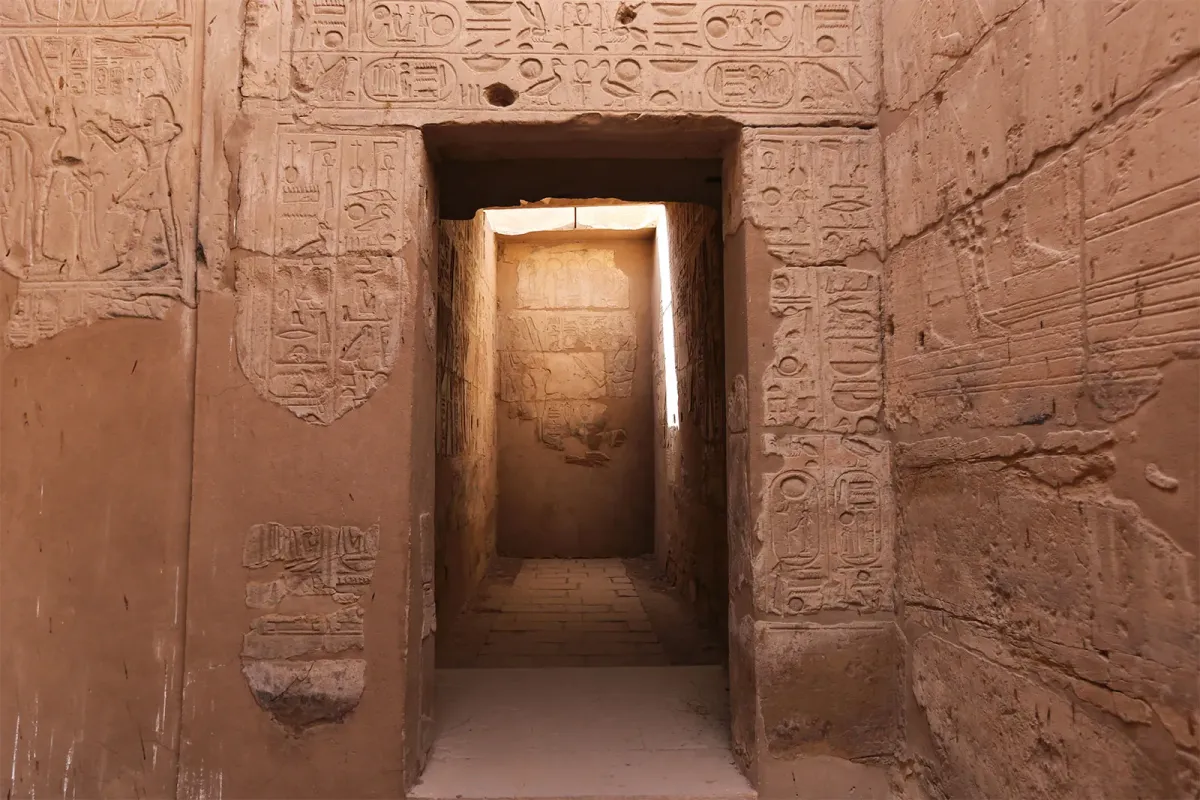
What Makes the Temple of Seti I Unique Among Ancient Egyptian Temples?
The Temple of Seti I differs from other temples of ancient Egypt by several features. Firstly, its location in Abydos, one of the main religious centers, gives it a much greater historic and spiritual meaning. The architecture of the temple is traditional; at the same time, it features a very unique large hypostyle hall with decorated columns and extensive use of high-quality carvings and inscriptions.
One of the most astonishing things is how well the reliefs and their details have survived, depicting the divinity of the Pharaoh and the ritual scenes. This temple contains an important document called Abydos King List, which served as a chronological record of Egyptian kings' names and provides substantial insight into Egypt's royal history.
These, besides the exceptional state of its preservation and its artistic value, make the Temple of Sethos I an outstanding example of temple architecture from Ancient Egypt and one of the key sites for understanding the religious and cultural heritage of that country.
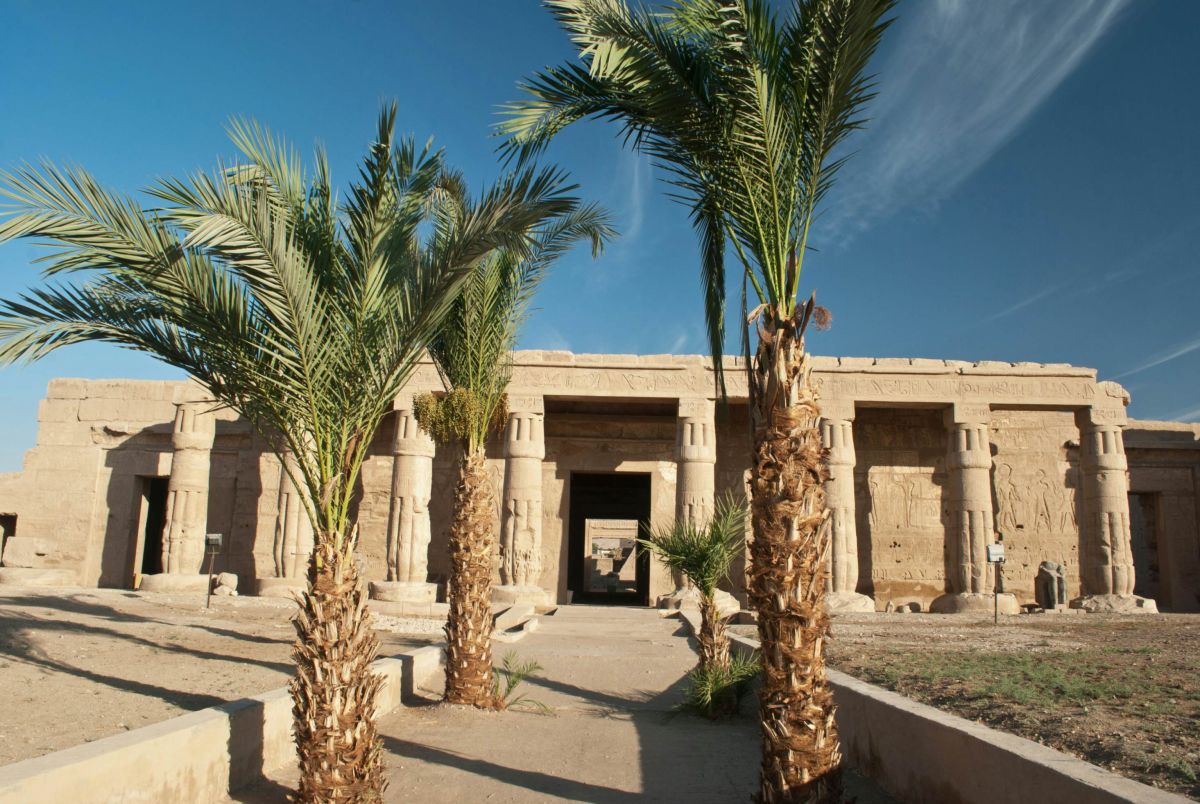
Discover the Reliefs and Inscriptions at the Temple of Seti I
What singles out the Temple of Seti I, Abydos, is its reliefs and inscriptions, depicting the magnificence of religious and royal life in ancient Egypt, extremely well done, it had intricately carved scenes on detailed hieroglyphics adorning these temple walls, reflecting the excellence in art standing on this New Kingdom. Most significantly, the Abydos King List is preserved in the Hall of Records and forms a very important chronological record of the pharaohs of Egypt, providing useful insight into the history and filiation of Egypt's rulers, the reliefs also depict Pharaoh Seti I engaging in sacred rituals and making offerings to the gods in support of his divine favor and devotion, this is a fabulous work of art, one that is well-preserved, and it surely allows a glimpse into the ceremonial and spiritual practices of ancient Egypt, while the temple itself is a treasure trove from both historical and cultural standpoints.
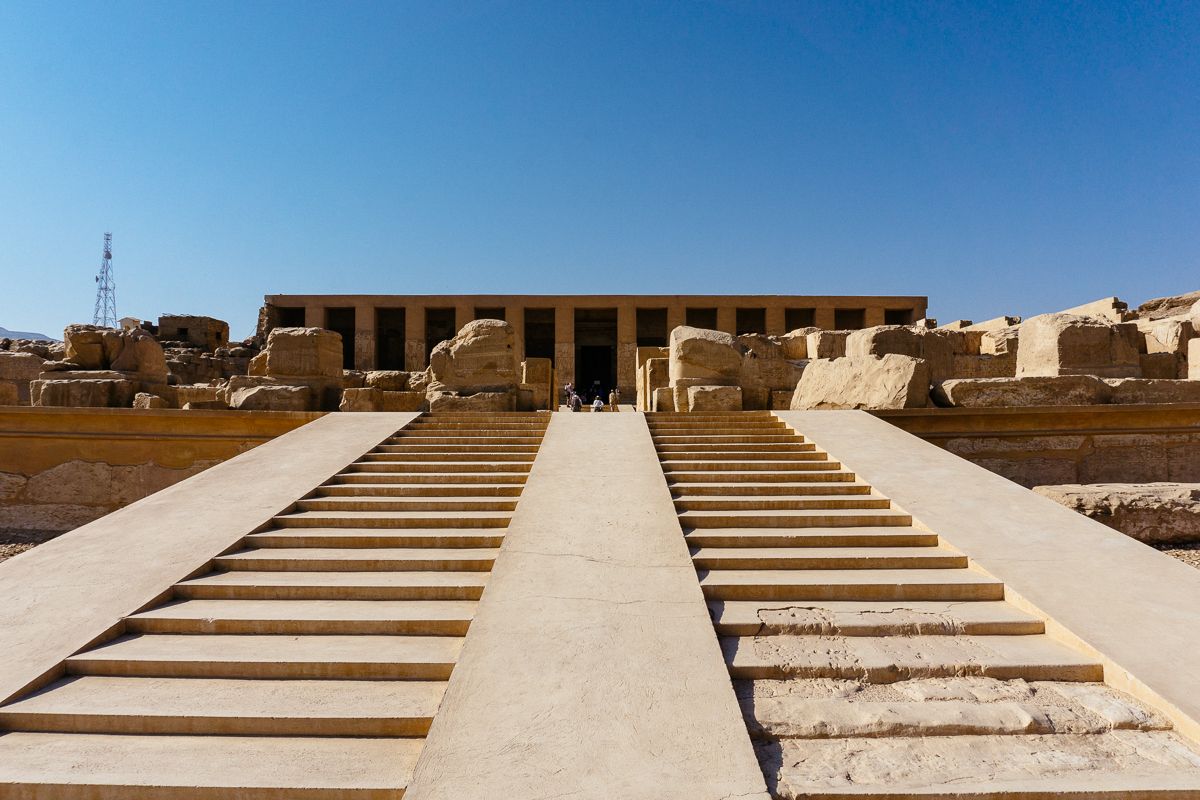
Day tour to Luxor
A day tour into Luxor means an experience in ancient Egypt's splendor. First, there was the huge complex of the Karnak Temple, dedicated to the great god Amun, with amazingly tall columns, gigantic statues, and intricate hieroglyphics. Besides, there are visits to the nearby Luxor Temple, famous for its imposing front pylon and avenue of sphinxes, cross the Nile to the West Bank, then explore the Valley of the Kings, with its opulently decorated tombs of Pharaohs, including Tutankhamun. Proceed to the Temple of Hatshepsut, one of the architectural wonders in honor of the female Pharaoh Hatshepsut. Continue with a visit to the Colossi of Memnon, gigantic statues that once guarded the entrance to another magnificent temple, this visit gives a magical preview of the rich historical and cultural heritage of Egypt.
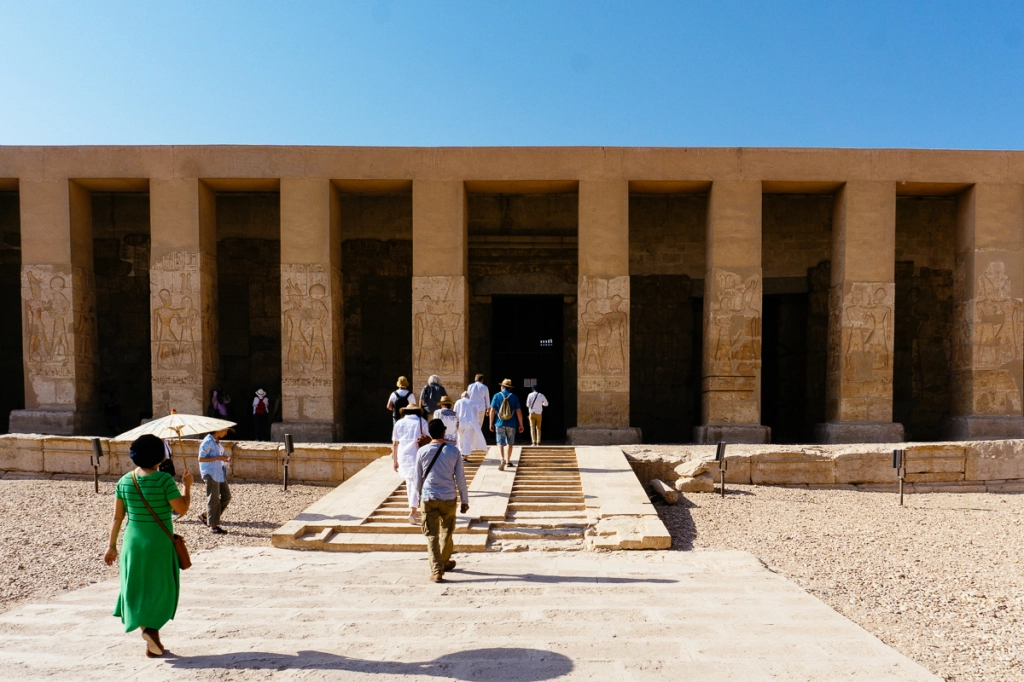
The day tour to Luxor forms the perfect way of entering into the very core of the heritage that ancient Egypt possessed. This tour across one of the world's largest archaeological sites is completely highlighted by the ability of the visitor to dive into the experience of the grandeur of the rich history of Egypt. The huge columns, intricate hieroglyphics, and towering statues reveal a glimpse of the magnificence of religious and architectural greatness in the Karnak Temple. Next is a visit to the Luxor Temple, with its dramatic entrance pylon, and then the famed avenue of sphinxes that shows the brilliance of the New Kingdom.
Cross the West Bank, then continue with a tour at the Valley of the Kings, which consists of the tombs of the Pharaohs, abounding in decoration, such as Tutankhamun. One of the few female Pharaohs, Hatshepsut, is commemorated with the Temple of Hatshepsut-a phenomenon of ancient Egyptian architecture, at the end of the day, pay a visit to the Colossi of Memnon, the monumental statues that once stood guard before the entrance of a great temple.
This day tour to Luxor, whether it is part of a broader Egypt tour or specifically as a Luxor day tour gives an immersion into the ancient past of Egypt, the chance to witness firsthand the splendor and historical significance of Egypt's most cherished monuments-thus, thus turning it into an unforgettable journey through time.



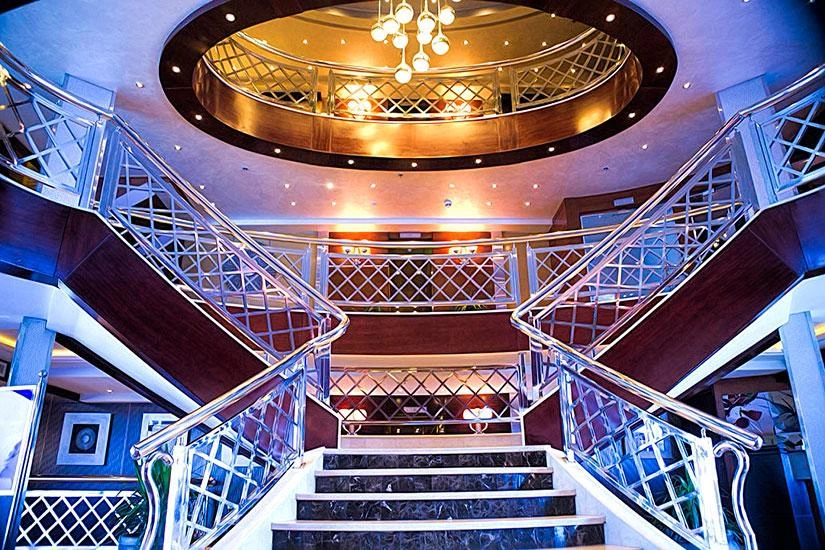



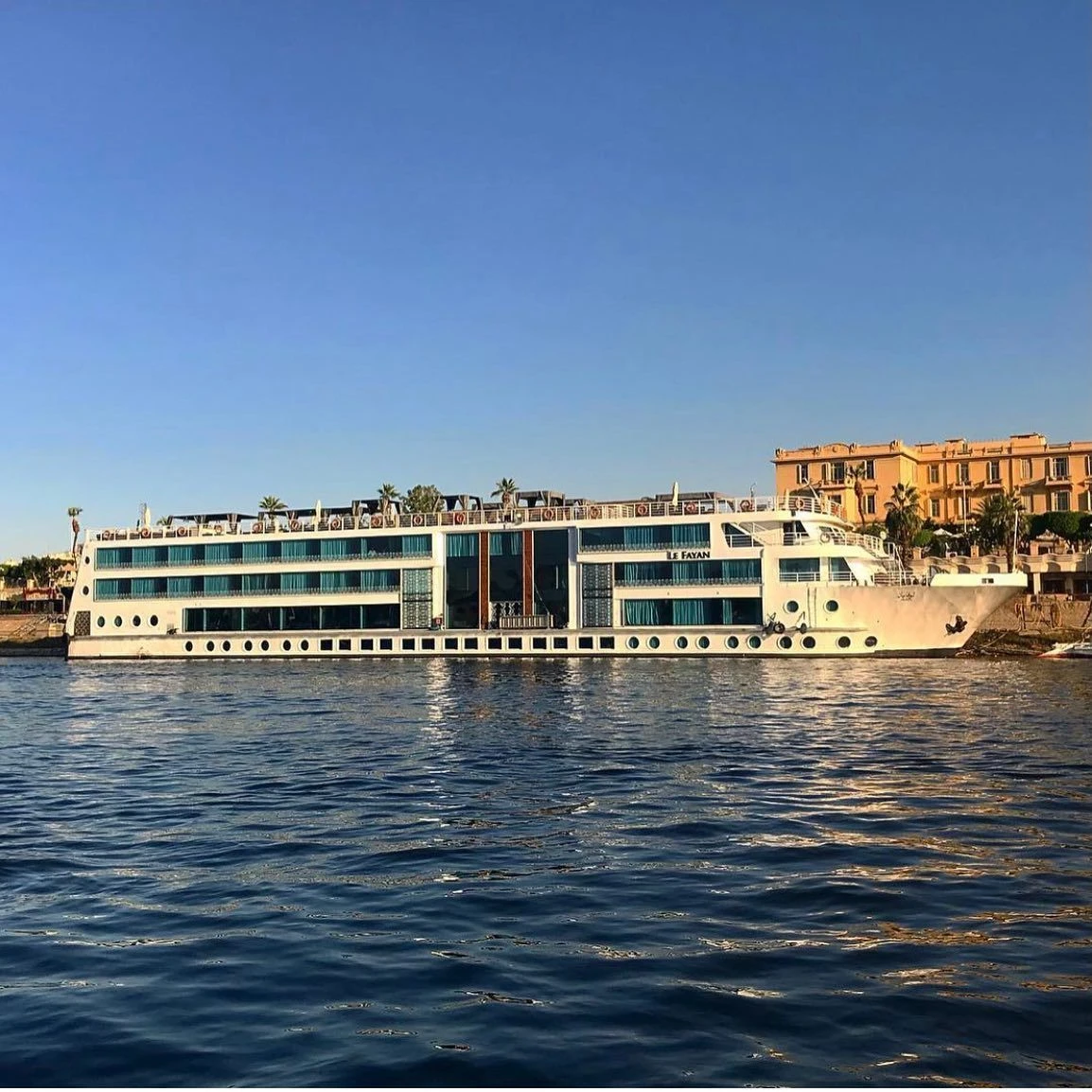




-webp.webp)


